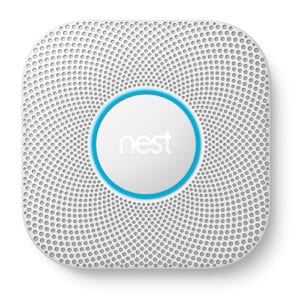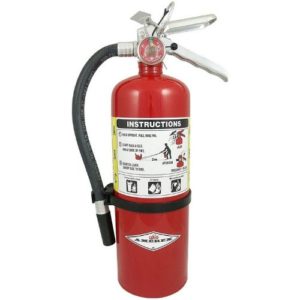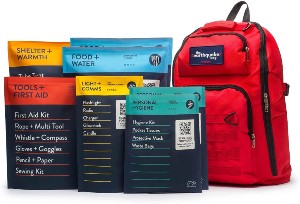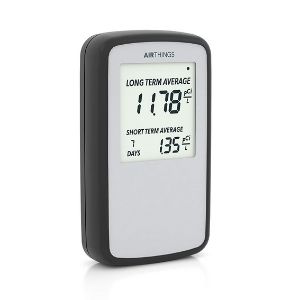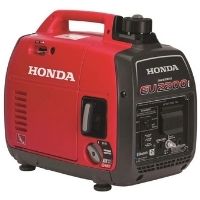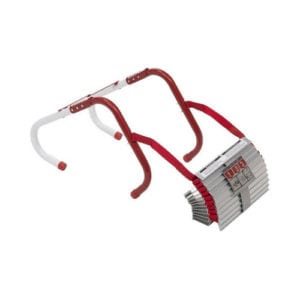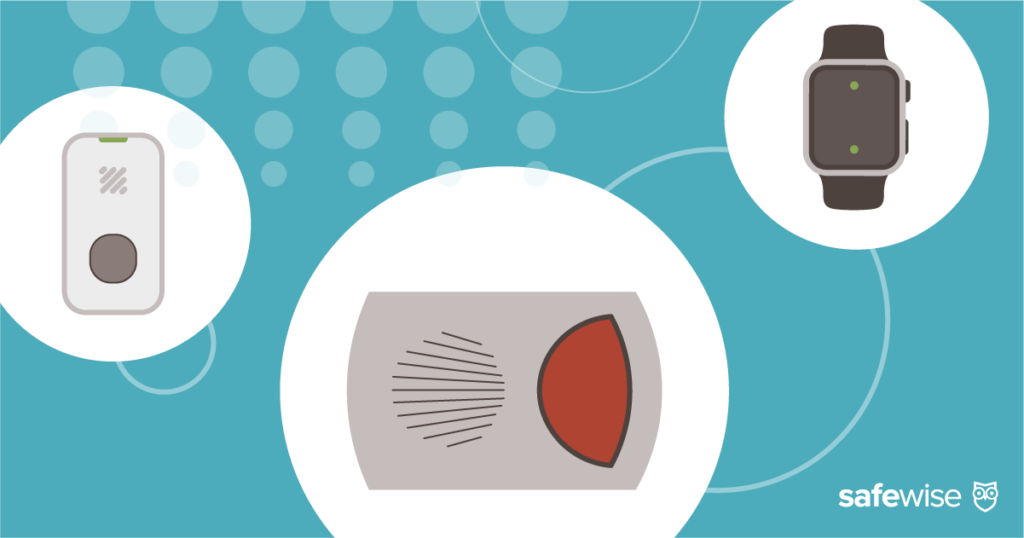How to prepare kids for earthquakes
Teach your child to “drop, cover, and hold on” during an earthquake.
- Drop to the ground so you do not fall over and injure yourself.
- Crawl under a sturdy table for cover and protection from falling objects.
- Hold on to the table leg.
If you’re outside when the shaking starts, try to move into an open area away from powerlines and walls.
Earthquake safety for kids with limited mobility
Kids who use wheelchairs and walkers with seats should practice “lock, cover, and hold on” for earthquake preparedness.
- Lock the chair in place.
- Cover head and neck with hands or a book while bending forward.
- Hold on to your chair or walker.
We recommend watching this Prepare with Pedro video with your child as an introduction to earthquake preparedness. Then, walk around your home identifying pieces of furniture that would be safe to hide under. Find the safest open space in your yard too.
Ask your child to point out furniture or objects that could tip over in an earthquake. Make a point of securing these with straps. Let your child participate in an age-appropriate way.
Here are some other activities to help kids learn about earthquake safety:
How to prepare kids for floods
In case a flash flood happens while your child is away from home, teach them the mantra, “Turn around, don’t drown.”
- Never play in or near flooded areas.
- Do not try to cross a flooded street, whether in a car, on a bike, or on foot.
- Move to higher ground.
If your child is at home with you when there’s a flood warning, they can help you move pets, emergency kits, and precious items upstairs. Practice this ahead of time so your kid knows what to grab and where to take it. Keep enough life jackets upstairs for every person in your home.
Kids should also know that floodwaters contain bacteria. They shouldn’t touch floodwater or anything that’s been touched by it. And they definitely shouldn’t drink it.
To help your child learn more about floods, check out these resources:
How to prepare kids for hurricanes
Watch this Rocket’s Rules video with your kid as an intro to hurricanes. Explain that it’s a big storm that tends to cause power outages, flooding, and tornado-like winds, so it’s important to prepare for more than one kind of emergency.
Fortunately, we usually know ahead of time that a hurricane is on its way. We can choose to evacuate to an area out of the storm’s path, or we can “shelter in place” in our home.
Talk about where you’ll go if you decide to evacuate. Maybe it’s a friend’s home outside the hurricane’s path. You might go to a shelter if you live in a trailer home or in an area prone to flooding.
Discuss the importance of protecting your home if you shelter in place. Let your kid know that they need to follow directions and help with these activities:
- Bringing toys and furniture inside so they don’t blow away
- Filling bags with sand to stop water from entering through doorways
- Boarding up windows to prevent them from breaking (kids can help hand you tools)
- Carrying items upstairs and away from potential floodwater
- Rounding up pets and placing them in a central room of the home
Realize that sheltering in place can cause your kid to worry a lot. It’s hard to relax when we know something scary is about to happen. Use these resources to teach your kids coping skills:
Here are some other resources to prepare kids for hurricanes:
How to prepare kids for tornadoes
Watch this SciShow Kids video with your child for an intro to tornadoes that won’t give them nightmares. Then watch this brief video about how to stay safe during a tornado.
Your kid might be familiar with tornado drills at school. Ask how they know when there’s a tornado. They should say there’s a really loud siren that starts the drill. Explain that this siren can be heard anywhere and warns everyone—not just school kids—to seek shelter from a tornado.
Talk about where to go if there’s a tornado. The best place is a basement, and the second-best place is an interior closet on the ground floor.
Practice going to your shelter and crouching to protect your head and neck until your child feels confident about the process.
- Stay away from windows and falling objects.
- Hide under a sturdy piece of furniture if possible and hold on.
- Cover your head and neck with a book if there’s no other shelter.
Explain that tornadoes often cause power outages, so it’s smart to have a power outage emergency kit with you in your shelter. If your home doesn’t have a suitable shelter or if tornadoes are a significant threat in your area, keep a spare set of helmets with your emergency kit.
These resources offer more info and tips for tornado safety:
How to prepare kids for tsunamis
Huge ocean waves called tsunamis can occur along any coast and at any time of year. There’s only one thing to do when there’s a tsunami: move to higher ground.
Watch this tsunami preparedness video with your kid as an introduction. Older kids can learn the science of tsunamis by watching this Dr. Binocs video.
Teach your child to recognize the signs of a tsunami so they’ll have as much time as possible to move to higher ground.
Tsunami warning signs may include the following:
- Rapidly receding ocean water (the beach will look a lot bigger all of a sudden)
- Fish stranded on the beach
- A loud roar coming from the ocean
- An earthquake
The National Oceanic and Atmospheric Administration recommends moving to one of the following areas:
- Third floor (or higher) of a sturdy building
- One mile inland
- At least 100 feet above sea level
Ask your kid to list out the areas around town where they spend most of their time. Help them locate these areas on a map.
If any of them are less than one mile from the coast and less than 100 feet above sea level, discuss the best place to go during a tsunami. Mark those on a map and draw the fastest routes. Then, practice walking those routes with your kid.
Use these resources to reinforce your tsunami lesson:
How to prepare kids for wildfires
If a wildfire’s on its way, older kids can help pack emergency kits, round up pets for evacuation, and rake up flammable materials from at least 10 feet around the home. Give younger kids a job like spraying water all over the lawn around the home. It keeps them close by, preoccupied, and might even help protect your home from fire damage.
Everyone should wear N95 particulate respirators to protect their lungs from wildfire smoke.
Kids may feel anxious during a wildfire evacuation. Check out these coping skills resources and practice some of the calming techniques before your kid needs them:
Sometimes kids are scared simply because they don’t know what’s going on. Use these educational resources to help them learn more about wildfires:
How to prepare kids for volcanic eruptions
As with wildfires, preparing kids for volcanic eruptions involves education and coping strategies.
Watch this simple volcanic preparedness video with younger kids. For older kids interested in a more detailed explanation of volcanic dangers, check out this Education World video.
Before you sit down with your kid to discuss volcanic eruptions, look up the volcano closest to your home. Consider that the Mount St. Helens eruption decimated land up to 19 miles away. Your home is probably more than 19 miles away from the nearest volcano. Map it to be sure.
This simple comparison can help assure your child that their home isn’t going to get blasted away by a volcano. Instead, you’re more likely to get showered by volcanic ash. You can definitely prepare for that.
- Add N95 respirator masks and safety goggles to your emergency kit to help your family see and breathe in ashy conditions.
- Talk about how you’ll watch the news or listen to the radio to determine if you need to evacuate based on heavy ashfall, lava flows, or dangerous gases.
- Print out a map and trace a few routes out of town to a higher elevation. Lava and ash will collect in valleys, so it’s important to stay up high.
Revisit these resources:
